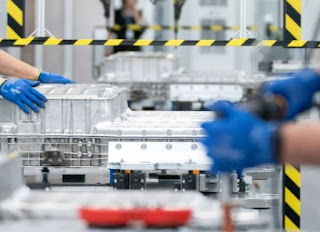f
Some dramatically different approaches to EV batteries could see progress in 2023, though they will likely take longer to make a commercial impact.
One advance to keep an eye on this year is in so-called solid-state batteries. Lithium-ion batteries and related chemistries use a liquid electrolyte that shuttles charge around; solid-state batteries replace this liquid with ceramics or other solid materials.
At the same time, concerns about supplies of key battery materials like cobalt and lithium are pushing a search for alternatives to the standard lithium-ion chemistry.
In the midst of the soaring demand for EVs and renewable power and an explosion in battery development, one thing is certain: batteries will play a key role in the transition to renewable energy. Here’s what to expect in 2023.
The global battery value chain, like others within industrial manufacturing, faces significant environmental, social, and governance (ESG) challenges
- Environmental: The extraction and refining of raw materials, as well as cell production, can have severe environmental effects, such as land degradation, biodiversity loss, creation of hazardous waste, or contamination of water, soil, and air. Unprofessional or even illegal battery disposal can cause severe toxic pollution. This is a problem within today’s lead-acid battery value chain.
- Social: Unless strictly managed, operations across the battery value chain could have unfavorable effects on regional communities through violations of labor laws, child and forced labor, and indigenous rights, especially in emerging markets.
- Governance: Businesses in the battery value chain may encounter conflicts of interest or other companies with subpar management practices. To meet longstanding expectations for ethical businesses, companies must avoid financial situations involving corruption, bribery, funding armed conflicts, and tax evasion.

